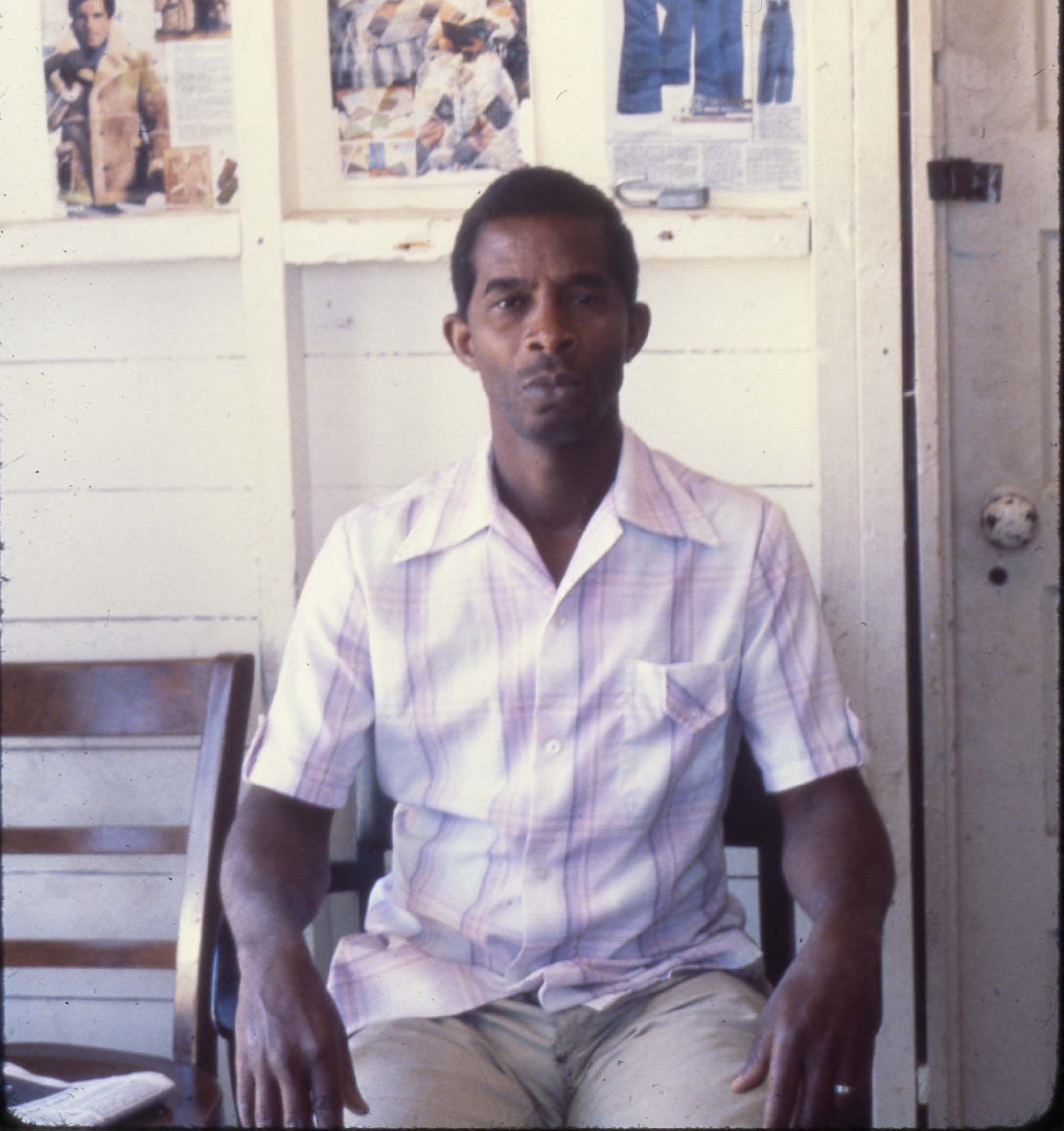White vs. Black Cubans

For the refugees being housed at Fort Chaffee, there was an opportunity to get sponsored, and that was one of the only ways to get out of Fort Chaffee. One of the issues with the sponsorship program was many sponsors were seeking Cubans who “demonstrated a willingness to and ability to “fit in” with American society.” Paula Dominique of the Church World Services told the New York Times that she would have people that would call and request a white, college-aged, Cuban who spoke English to sponsor. Dominique would politely remind those with specific and arbitrary requests that “we’re not a Sears catalogue.” A majority of the time sponsors favored women, children, or entire families to sponsor. Unfortunately, the majority of Cubans at Fort Chaffee were young, single men, and more than half were considered to be “dark-skinned Cubans.”
During the first wave of Cuban refugees in the 1960s, the Cubans who arrived were deemed members of the “Golden Exile” partly due to those Cubans being “urban, middle-aged, well-educated, light-skinned, and white-collar workers.”
Due to a majority of the Cubans at Fort Chaffee being considered as “undesirables” there were efforts made to improve their sponsorship chances. Within the camp, programs were implemented to begin teaching English, cultural practices, and democratic values. Local high school students also visited the camp for boxing matches, baseball games, and one time to give Cubans a presentation on the success of capitalism in the United States.
Discrimination during the boatlift was a major issue because light-skinned Cubans were able to pass as white and had a high chance of being sponsored due to their perceived whiteness. Oftentimes Cuban success stories used light-skinned Cubans who could pass as white.